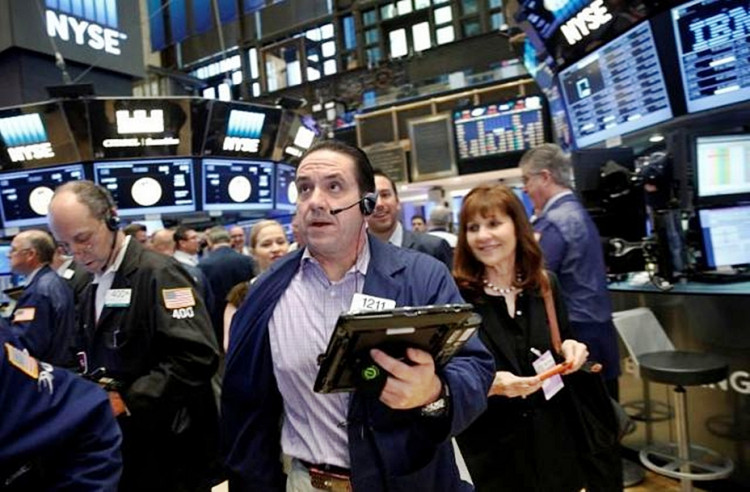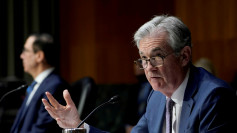The blue-chip Dow Jones, the S&P 500 and the NASDAQ composite all took a beating yesterday in a head-scratching rout some analysts were already calling Bloody Wednesday.
The Dow plunged 3.15%, or 831.83 points, while all 30 components of the index ended-up in the red in what. The S&P 500 moved in tandem, sinking 3.29%, or 94.66 points, for its fifth day of losses and its longest losing streak since late 2016. Mirroring the Dow's and S&P's plunge, the tech-heavy NASDAQ fell by 4.08%, or 315.97 points.
For the Dow and S&P 500, the declines were the biggest single-day percentage drops since February. The demoralizing outcomes came just a week after the market posted record gains.
Analysts were at a loss to explain the whys of yesterday's rout, but concerns over rising interest rates and a robust bond market seemed to be chief among them
There wasn't a primary culprit today. What there was is just a whole lot of individual catalysts that came to a head and ushered the crowd to the door, said Ronald Bohlert of the New York Stock Exchange.
Bohlert listed these factors as rising yields, early negative pre-announcements; lingering trade worries; caution ahead of the financials reporting earnings on Friday; the approaching year-end.
He said that to use an old analogy, "markets tend to take the stairs up -- but the elevator down."
Other analysts blamed the stumble on rising bond yields. Normally, when stock prices plummet sharply, money moves into the bond market, thus sending yields lower. Despite the equity sell-off, there was no move into Treasury's to seek safety this time and this was an interesting phenomenon.
The S&P 500's more than 1.5 percent plunge and long-term yields rising simultaneously was "very unusual," according to another analyst. This is only the fourth such instance of this occurring since Jan. 1, 2016.
The 10-year Treasury yield rose to 3.22% from 3.20% late Tuesday after earlier reaching 3.24%. It was at 3.05% early last week. Rising interest rates were also seen as a major factor in Black Wednesday.
One analyst called yesterday "a bit of a bloodbath." The Wednesday outcome was primarily the cumulative effect of interest rate moves over the past five days and news reports about trade impacting companies.
Fears of escalating tensions with China over trade also contributed to the fall. On Monday, the International Monetary Fund warned that Trump's trade war will damage global growth. Trump, however, blamed the U.S. Federal Reserve for the fall.
The biggest market driver over the last week has been and remains interested rates. Interest rates began climbing after encouraging reports on the economy. Higher rates, however, can slow economic growth, weaken corporate profits and make investors less willing to pay high prices for stocks.





